Give the IUPAC names of the following compound [CoCl2(en)2]2SO4
To derive the IUPAC name of the coordination compound (CoCl2(en)2)2SO4, we will follow a systematic approach. Here’s the step-by-step solution:
Step 1: Identify the Components of the Compound
The compound consists of a coordination complex (CoCl2(en)2)2+ and a sulfate ion SO2−4. The coordination complex contains cobalt (Co) as the central metal atom, two chloride ions (Cl) as ligands, and two ethylenediamine (en) ligands.
Step 2: Determine the Oxidation State of the Central Metal
To find the oxidation state of cobalt (Co) in the complex:
- Let the oxidation state of Co be x.
- The charges from the ligands are:
- Chloride (Cl) has a charge of −1, and there are 2 chloride ions: 2×(−1)=−2.
- Ethylenediamine (en) is a neutral ligand, contributing 0.
- The overall charge of the coordination complex is +2.
Setting up the equation:
x+(−2)+0=+2
x−2=2
x=+4
Thus, the oxidation state of cobalt in this complex is +3.
Step 3: Name the Ligands
- The ligands are:
- Chloride ions: Since there are two chloride ions, we use the prefix "di" to indicate this. The name becomes "dichlorido".
- Ethylenediamine (en): Since there are two ethylenediamine ligands, we use the prefix "bis". The name becomes "bis(ethylenediamine)".
Step 4: Name the Central Metal Atom
The central metal atom is cobalt, and since its oxidation state is +3, we denote this in the name as "cobalt(III)".
Step 5: Name the Anion
The anion present is sulfate, which is simply named "sulfate".
Step 6: Combine the Names
Now, we combine all the parts in the correct order:
1. Ligands in alphabetical order (ignoring prefixes):
- "bis(ethylenediamine)" comes before "dichlorido".
2. Name of the central metal with its oxidation state.
3. Name of the anion.
The final IUPAC name is:
Dichlorido bis(ethylenediamine) cobalt(III) sulfate.
Final Answer
Dichlorido bis(ethylenediamine) cobalt(III) sulfate.
---
The compound consists of a coordination complex (CoCl2(en)2)2+ and a sulfate ion SO2−4. The coordination complex contains cobalt (Co) as the central metal atom, two chloride ions (Cl) as ligands, and two ethylenediamine (en) ligands.
To find the oxidation state of cobalt (Co) in the complex:
- Let the oxidation state of Co be x.
- The charges from the ligands are:
- Chloride (Cl) has a charge of −1, and there are 2 chloride ions: 2×(−1)=−2.
- Ethylenediamine (en) is a neutral ligand, contributing 0.
- The overall charge of the coordination complex is +2.
x+(−2)+0=+2
x−2=2
x=+4
- The ligands are:
- Chloride ions: Since there are two chloride ions, we use the prefix "di" to indicate this. The name becomes "dichlorido".
- Ethylenediamine (en): Since there are two ethylenediamine ligands, we use the prefix "bis". The name becomes "bis(ethylenediamine)".
The central metal atom is cobalt, and since its oxidation state is +3, we denote this in the name as "cobalt(III)".
The anion present is sulfate, which is simply named "sulfate".
Now, we combine all the parts in the correct order:
1. Ligands in alphabetical order (ignoring prefixes):
- "bis(ethylenediamine)" comes before "dichlorido".
2. Name of the central metal with its oxidation state.
3. Name of the anion.
Dichlorido bis(ethylenediamine) cobalt(III) sulfate.
Dichlorido bis(ethylenediamine) cobalt(III) sulfate.
Topper's Solved these Questions
- COORDINATION COMPOUNDS BOOK - ICSECHAPTER - COORDINATION COMPOUNDS EXERCISE - EXERCISE (PART - I OBJECTIVE QUESTIONS)
22 Videos
- COORDINATION COMPOUNDS BOOK - ICSECHAPTER - COORDINATION COMPOUNDS EXERCISE - EXERCISE (PART - I OBJECTIVE QUESTIONS) (Multiple Choice Questions)
30 Videos
- COORDINATION COMPOUNDS BOOK - ICSECHAPTER - COORDINATION COMPOUNDS EXERCISE - ISC EXAMINATION QUESTION (PART- II DESCRIPTIVE QUESTIONS)
39 Videos
- CHEMISTRY-2020 BOOK - ICSECHAPTER - CHEMISTRY-2020 EXERCISE - Question (Answer the following question)
4 Videos
- d- AND- f- BLOCK ELEMENTSBOOK - ICSECHAPTER - d- AND- f- BLOCK ELEMENTSEXERCISE - ISC EXAMINATION QUESTIONS (PART-II)(DESCRIPTIVE QUESTIONS)
15 Videos
Similar Questions
Give the IUPAC name of the following compound:

View SolutionGive the IUPAC name of the following compound.
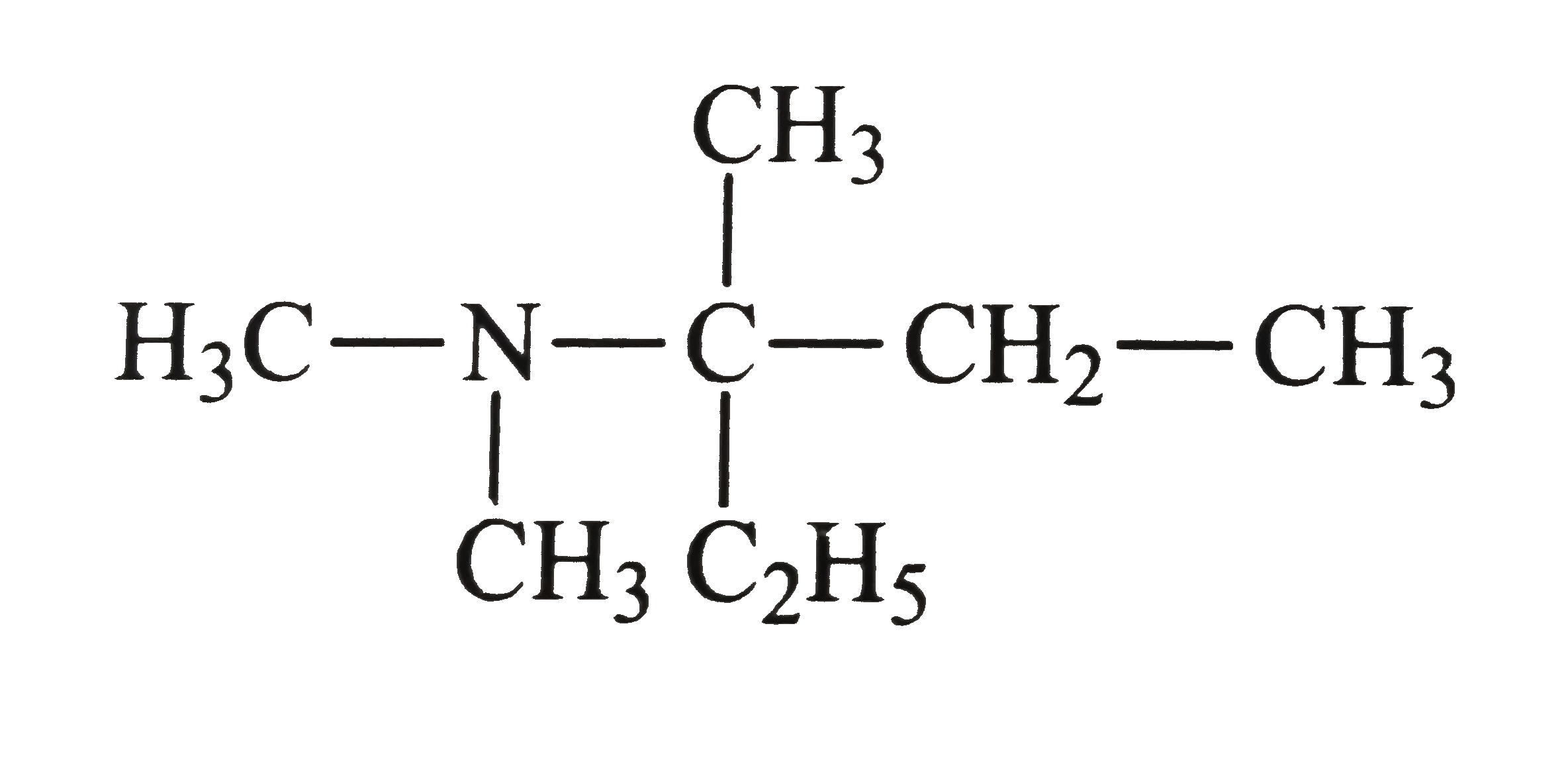
View SolutionGive the IUPAC name of the following compounds
View SolutionGive the IUPAC name of the following compound.
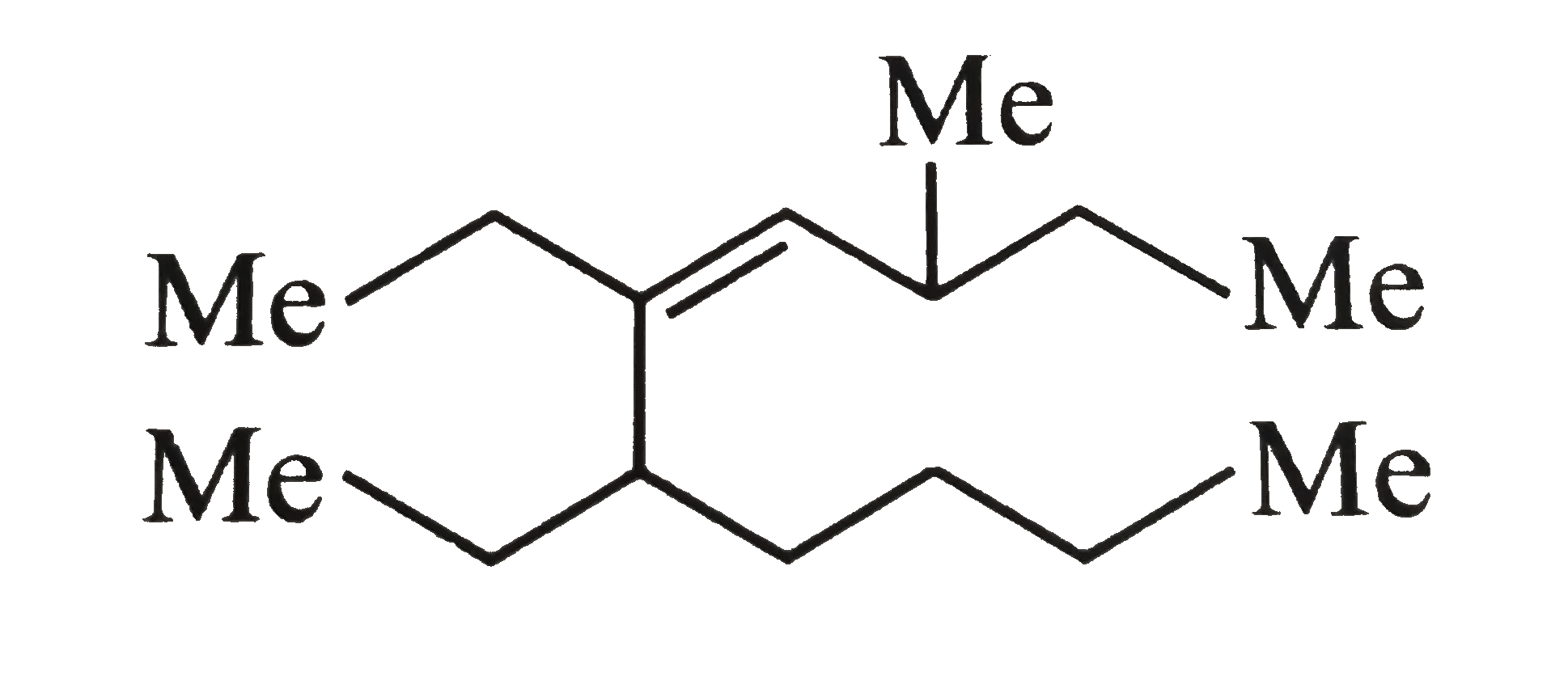
View SolutionGive the IUPAC name of the following compound :

View SolutionGive the IUPAC names of the following compounds :
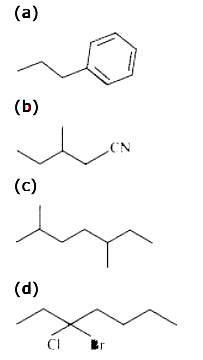
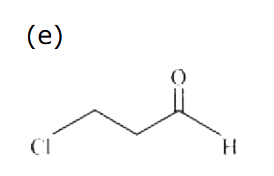
View SolutionGive the IUPAC names of the following compounds :

View SolutionGive the IUPAC names of the following compounds :
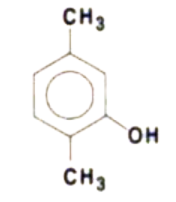
View SolutionGive the IUPAC names of the following compounds :
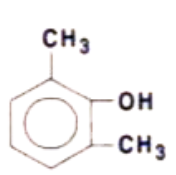
View SolutionGive the IUPAC names of the following compounds :
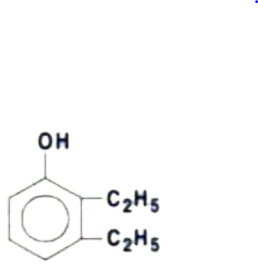
View Solution